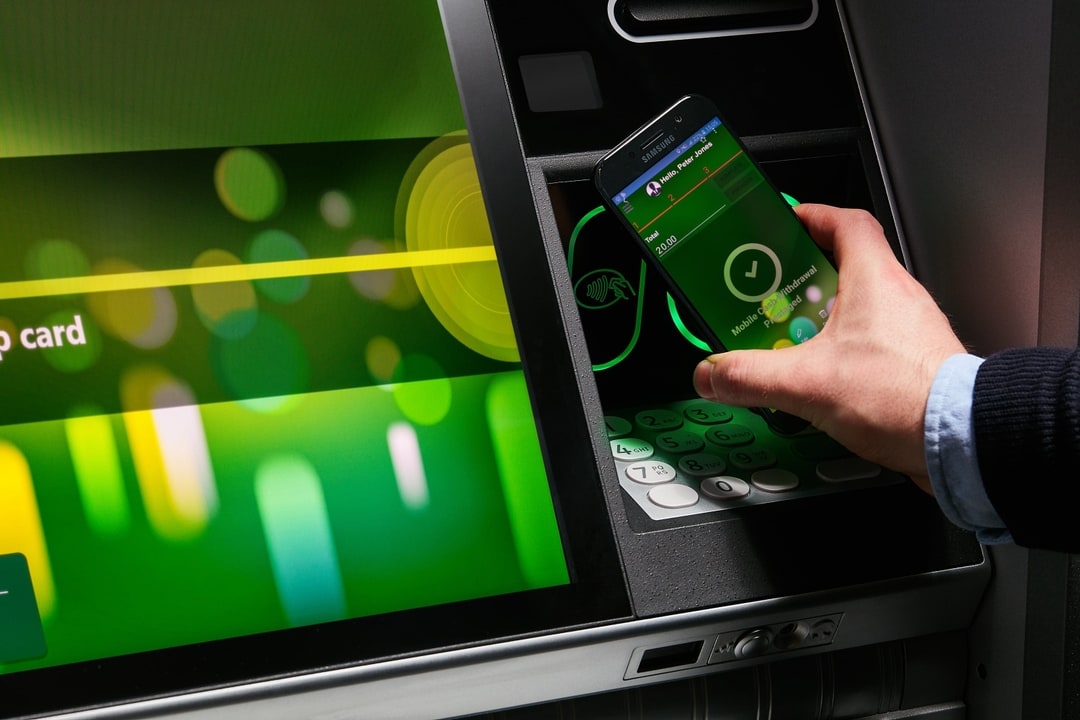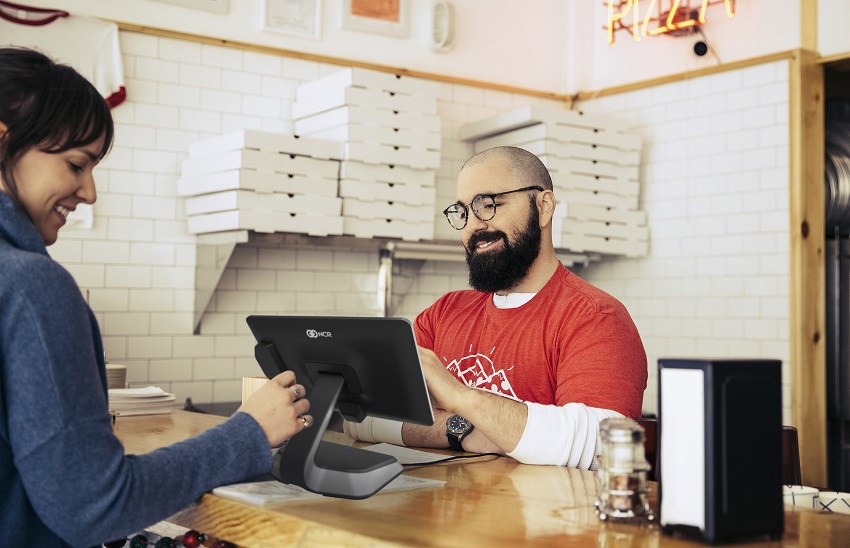There’s a better way to integrate IT after retail mergers and acquisitions
Published February 18, 2022
Mergers and acquisitions (M&A) are high-risk approaches to revenue growth — but with that risk comes reward. Even amid a tumultuous economy, and despite a global pandemic, opportunities for deals abound. Bain reports there were 28,500 deals made worth $2.8 trillion in 2021.
For companies who do choose to grow through acquisition, closing the deal is just the beginning of a complex process. A key metric of a successful M&A includes integrating IT operations between both parties.
The tried and true IT model for navigating acquisitions and mergers is ripping out the acquired company’s systems and replacing them with the acquiring company’s systems. While this “rip and replace” method mitigates the complications that can prevent two systems from working together effectively, the outdated approach adds time and cost to a merger, delaying and reducing ROI.
For an example, take a retailer with more than 10,000 stores which used the rip and replace method when acquiring smaller chains. For those acquisitions to become profitable would take many years because of the expense involved with replacing IT systems. Things such as the hardware, personnel and training all add up.
Now if that company completes a deal with another company to acquire a chain, they need to design an IT process which merges the IT operations of the two companies more quickly and affordably. In this instance, our solution, dubbed the “home office first” approach, can help retailers save money during a merger, reach profitability earlier and retain their best employees during what is typically a time of upheaval.
Get your house in order first
The initial stages of the “home office first” approach look remarkably similar to traditional rip-and-replace methods, typically taking most companies six to nine months to complete.
The acquiring company should first tackle the financial systems of the acquired company to ensure accounting is tracked the same way across the entire enterprise. Next comes the replacement of the other core services handled at the home office, rather than individual stores — enterprise processes such as payroll, purchasing, distribution and other central, core systems. With those core systems integrated, the merging companies can now leverage economies of scale, eliminate some duplication of services and enjoy improved purchasing power earlier in the process and begin seeing a return on investment.
However, the real advantage of the “home office first” approach over the rip and replace method comes after this initial work, when acquiring companies typically turn their attention to store level systems.
Leave store-level processes and technology in place
Replacing and upgrading a store’s IT system is complicated, risky and expensive.
Thousands of variables go into a project like this. For example, implementing a new POS system requires purchase of the hardware, implementation and support for the software, furniture for the checkouts, wiring, power, permits, along with the costs of training staff to support their customers. Training is one of the biggest disruptions to the store from a customer perspective, but is often overlooked during planning for IT integration.
The “home office first” model deviates dramatically from the “rip and replace” approach at the store level because the IT team designs a bridge between the stores and the home office. Actions at the store level are translated to work seamlessly with how the processes are performed at the home office, rather than ripping out the store systems.
Building software that translates what happens at the store level into the established processes of the acquiring company is faster, and less expensive. This model can ensure projects such as the example described can be completed in a matter of months rather than years, saving companies time and effort resulting in bringing profitability much more quickly.
Take care of your people
Mergers entail a lot of change, and no one likes change.
Introducing new technology and new processes requires a significant amount of training to get people up to speed on the new systems. Everything — payroll, time cards, point-of-sale machines, purchasing and sales–must be relearned. It can cost between $1,200 and $1,500 per employee to train a new store to successfully adopt a new IT system.
Staving off that disruption through the “home office first” approach saves money during a merger, minimizing disruption by keeping processes the same for employees.
It’s important for a company to take care of its people first and foremost during a merger, because they are the foundation of a successful business. By not uprooting how people do their job on a daily basis, retention holds steady. In the “rip and replace” approach, turnover often jumps 15 to 30 percent after a merger.
Technology is important, but if there isn’t the process there to support it, it will fail.
A nimble acquisition model opens the door to aggressive growth
Expect deal volume to increase in the retail sector. Smaller retailers unable to invest in custom software for innovations such as online ordering and curbside pickup will lose market share and find themselves gobbled up by larger competitors.
In that environment, many retailers may look to mergers and acquisitions to aggressively pursue revenue growth. Retailers who embrace “home office first” as a repeatable model for deals poise their companies to take advantage of market upheavals and ensure a fast transition and immense cost savings.



